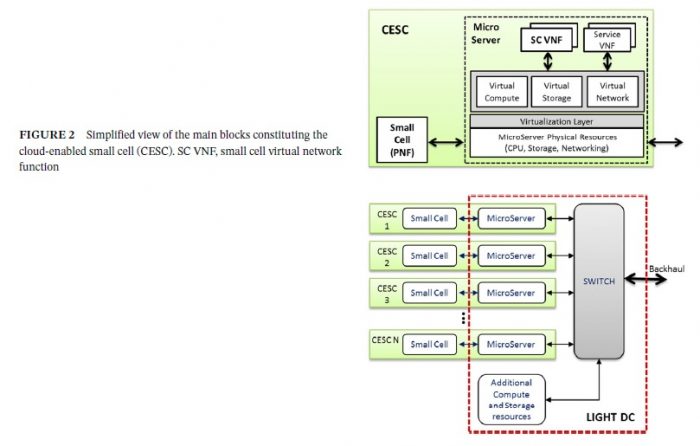
Techno-economic analysis of 5G immersive media services
Fifth generation (5G) envisages a “hyperconnected society” with an enormous
number of interconnected devices, anywhere and at any time. Edge computing plays a pivotal role in this vision, enabling low latency, large traffic volumes, and improved quality of experience. The advent of 5G and edge computing encourages vertical industries to develop innovative services, which can meet the challenging demands coming fromconsumers.
However, economic feasibility isthe ultimate factor that determines the viability of a new service. Hence, effective
techniques for the economic assessment of such services are needed. This paper analyzes the provision of immersive media services in crowded events, through a cloud-enabled small cell network owned by a neutral host, and offered
in multitenancy to different mobile network operators.
We initially develop aplanning model to predict the required compute, storage, and radio resources. Taking into account dynamic factors such as service penetration and price evolution,we then provide a number of economic indices, such as net present value,internal rate of return, and expected payback period to assess the viability of a
potential investment in a 5G infrastructure for immersive media services.
The presented analysis will guide small cell network operators in the provision of 5G
innovative media services.
Authors: Pietro Paglierani, Ioannis Neokosmidis, Theodoros Rokkas, Claudio Meani, Karim M. Nasr, Klaus Moessner, Pouria Sayyad Khodashenas, Italtel, InCites, University of Greenwich, University of Surrey, I2Cat.
Read more (document download)
